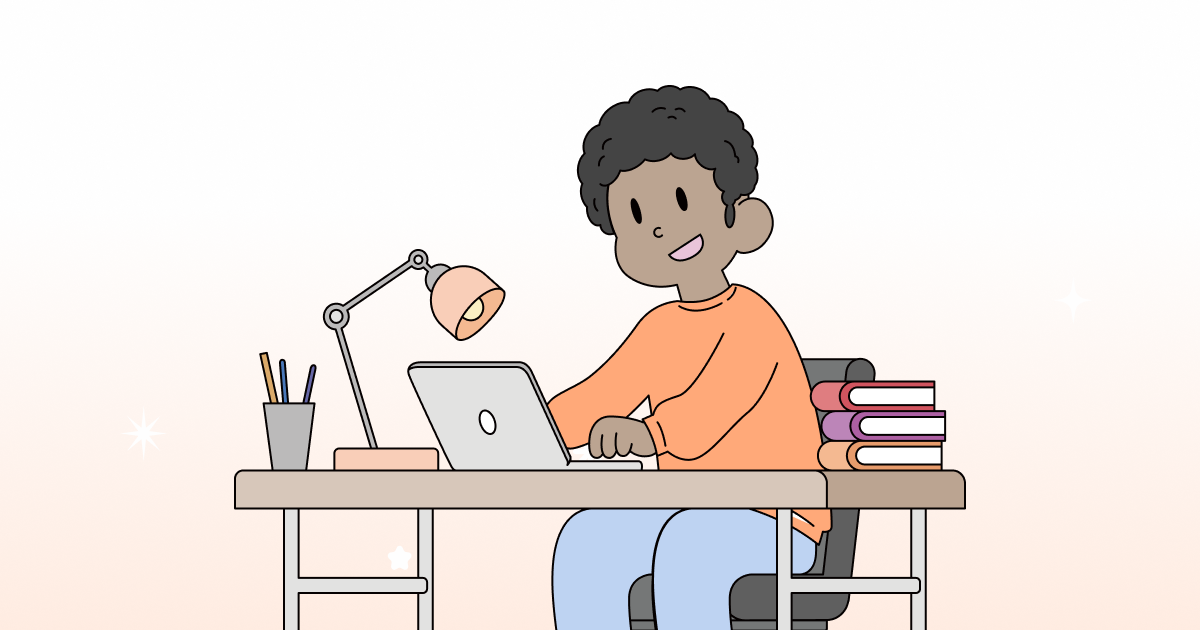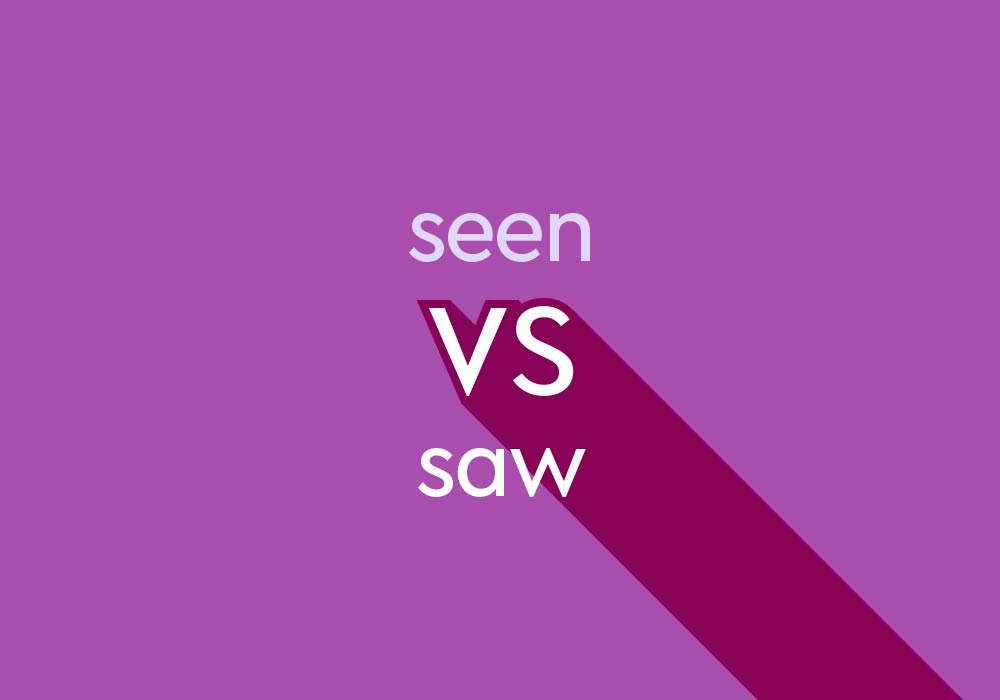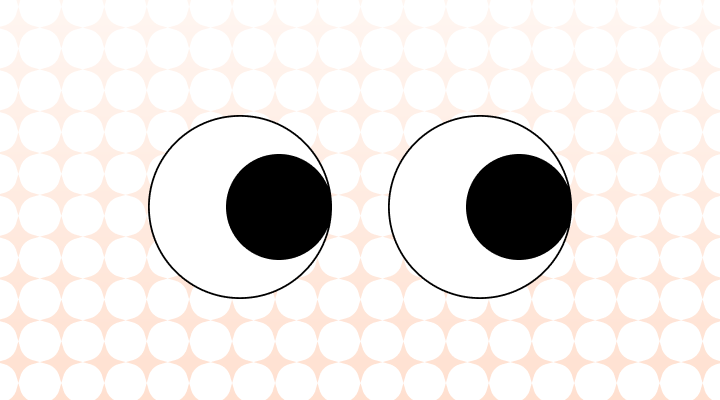Saw is the past tense form of the verb "see." Seen is the past participle form of the verb "see."
"Saw" and "seen" are two commonly confused verbs in the English language, and understanding their differences is essential for clear and accurate communication. Both words relate to the act of perceiving something visually, but they are used in distinct ways.
What does saw mean?
Saw is the past tense form of the verb "see." "Saw" is often paired with a subject (the person or thing doing the seeing) and an object (the thing being seen). It is used when referring to an action or event that occurred in the past and involved the act of seeing.
Example sentence
- I saw a beautiful sunset yesterday.
This indicates that the speaker personally witnessed the sunset on the previous day.
More example sentences
- Yesterday, I saw a beautiful rainbow stretching across the sky after the rain.
- She saw her favorite actor at the coffee shop and couldn't believe her luck.
- We saw a family of deer while hiking in the forest.
- When I looked out the window, I saw a bird building a nest in the tree.
- He saw the opportunity to start his own business and seized it.
- They saw the amazing fireworks display on New Year's Eve.
- The detective saw a clue hidden in the old photographs.
- I saw a shooting star and made a wish.
- She saw the sunrise over the ocean for the first time and was mesmerized.
- We saw a historic monument during our trip to the ancient city.
What does seen mean?
Seen is the past participle form of the verb "see." It is typically used as part of a compound verb tense, such as the present perfect or past perfect.
Example sentence
- I have seen that movie before
- She had seen the exhibit by the time I arrived.
In these examples, "seen" is used to indicate that the action of seeing occurred at some point before the present or a specified past time. It's important to note that "seen" is often paired with auxiliary verbs like "have" or "had."
More example sentences
- I have never seen such a beautiful sunset in my life.
- She had seen that movie before, but she didn't mind watching it again.
- By the time we arrived, they had already seen all the famous landmarks in the city.
- I've seen many changes in this neighborhood since I moved here.
- He had seen better days, and his health was starting to decline.
- Have you ever seen a shooting star? It's a rare and magical sight.
- After years of hard work, she had finally seen her dreams come true.
- We've seen a significant improvement in our team's performance this season.
- They had seen each other through thick and thin and remained the best of friends.
- I've seen the consequences of poor financial decisions, so I always prioritize saving and investing wisely.
Common idioms/phrases
The words "saw" and "seen" themselves are not typically used as idiomatic phrases, but "see," "saw," and "seen" do appear in several idioms and phrases in the English language.
- If you see something, say something: This phrase encourages individuals to report suspicious or potentially dangerous activities to authorities or the appropriate parties. It implies that if you see something concerning, you should speak up.
- See the forest for the trees: This idiom means to perceive the larger picture or understand the overall situation rather than focusing on individual details or problems.
- See eye to eye: When two people "see eye to eye," they agree on something or have the same opinion or perspective.
- Been there, seen that: A play on the popular phrase "been there, done that," this expression is used to indicate that someone has already experienced or witnessed something and is no longer interested or impressed.
- It's a sight to be seen: This phrase is often used to describe something remarkable, impressive, or unusual. For example, "The fireworks display on the Fourth of July is a sight to be seen."
- Seen better days: When something has "seen better days," it means it is in a state of decline or deterioration compared to its past condition. This phrase is often used for objects or sometimes people.
While these idioms and phrases use "saw" and "seen" in different contexts, they provide insight into how these words can be incorporated into everyday language to convey various meanings and expressions.
In summary, "saw" is used for describing past events when someone or something did the seeing, while "seen" is used in compound verb tenses to indicate prior visual experiences. Understanding the distinction between these two words is crucial for constructing grammatically correct sentences and conveying precise information in English.
Practice Questions
- Yesterday, I saw/seen a beautiful rainbow in the sky after the rain.
- She has never saw/seen such a cute puppy before.
- When I was a child, I often saw/seen shooting stars at night.
- I've already saw/seen that movie three times, and I still enjoy it.
- He couldn't believe what he saw/seen when he opened the gift.
- We have saw/seen some amazing places during our vacation in Europe.
- I saw/seen a great art exhibition at the museum last weekend.
- Has she ever saw/seen a real-life celebrity in person?
- The old house has definitely saw/seen better days.
- By the time I arrived, they had already saw/seen the accident on the news.
Want to sound like a native speaker?
Engram’s AI-powered grammar checker makes your English sound like a native speaker’s, suggesting natural English expressions on top of fixing grammar, spelling, punctuation, word order, and vocabulary.

Answer:
- saw
- seen
- saw
- seen
- saw
- seen
- saw
- seen
- seen
- seen














